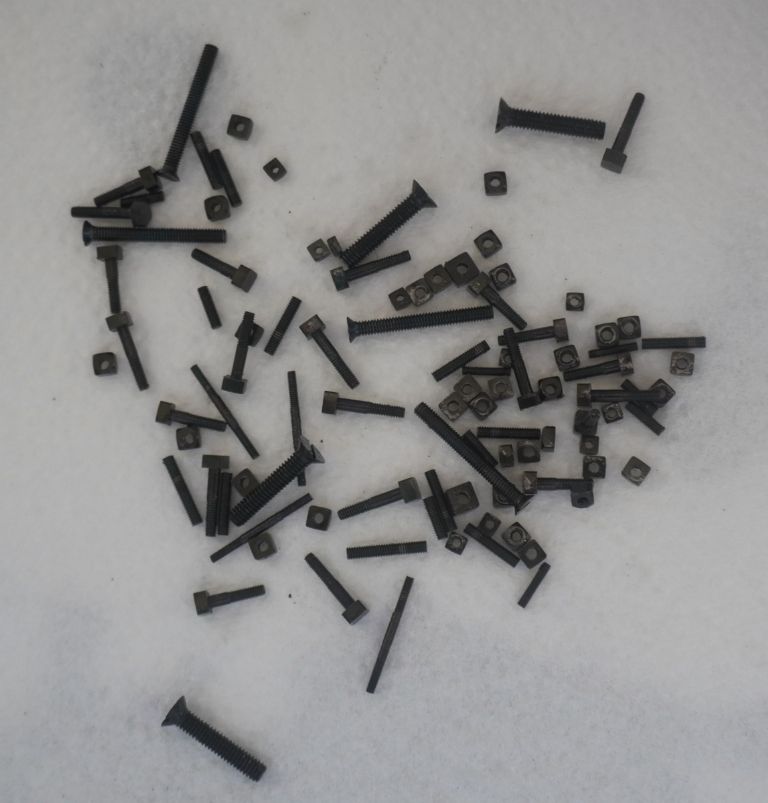Oil Blacking
Oil Blacking
- This topic has 18 replies, 10 voices, and was last updated 31 December 2022 at 11:24 by
 Ian Hewson.
Ian Hewson.
Viewing 19 posts - 1 through 19 (of 19 total)
Viewing 19 posts - 1 through 19 (of 19 total)
- Please log in to reply to this topic. Registering is free and easy using the links on the menu at the top of this page.
Latest Replies
Viewing 25 topics - 1 through 25 (of 25 total)
-
- Topic
- Voices
- Last Post
Viewing 25 topics - 1 through 25 (of 25 total)
Latest Issue
Newsletter Sign-up
Latest Replies
- Myford Super-7 chuck – unacceptable run-out??
- Comm Ads
- Scam email
- Mystery Object found in FE College
- Stuart Twin Victoria (Princess Royal) Mill Engine
- Countersinking carbon fibre sheet with my Sieg CNC Mill
- FreeCAD v1.0 tutorials
- Adaptation of the Proxxon Milling machine
- Building Bernard Tekippe’s Precision Regulator
- connectors for NEMA17 motors






